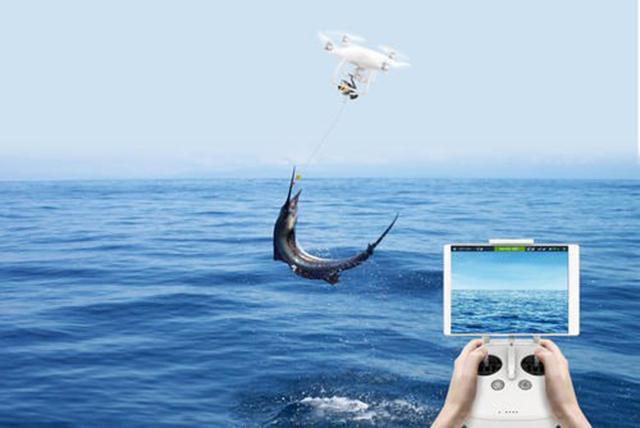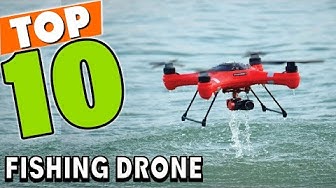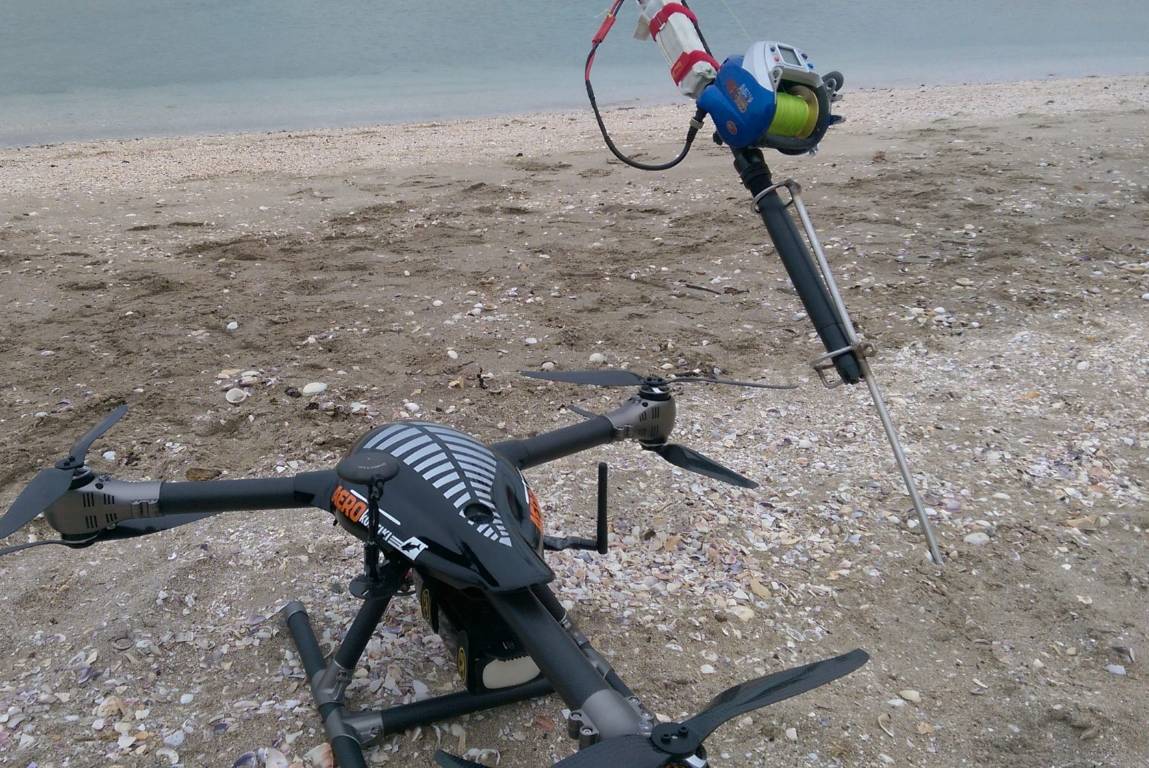
New Zealand's drone fishing has become a popular fishing method. This exciting new technique makes use of the latest drone technology and opens up new opportunities for fishing. Drone Fishing NZ has a number of top retailers that can sell you a DJI or Splash drone. Splash drones can be purchased, as well custom-built fishing equipment.
Aerokontiki Drones
Sharkan's Fishhawk drone captures better images of what you are doing. The stabilized camera of the drone can take 12-megapixel photos as well as 4k UHD videos at 30 frames per seconds. The videos can be viewed on your smartphone. You can view the videos on your smartphone with a spare battery and a flight time of up 23 minutes.
Mobula
Mobula drones have been specifically designed for fishing. The drone's buoyancy and IP56 rating means it can withstand winds up to 20 km/h. It also comes with safety features like automatic return to the home, automatic payload delivery, and 3 release mechanisms. You won't have to worry about your drone getting lost, as it will automatically return to the water if its battery is low.
Banks'
The growing popularity of the fishing drone has caught the attention anglers, as well as other enthusiasts. The downside to using a drone is its potential hazards. A drone is not suitable to fish in too deep waters. If a drone crashes in the exact same place again, it can pose a problem. If that happens, you can't always trust the information you get from the video.

SplashDrone 4
Swellpro designed the SplashDrone 4 drone, which is waterproof and has a new float platform. It's ideal for fishing parties, all kinds of water activities and is made from corrosion-resistant materials and high-quality ABS to withstand any conditions. Smooth+ technology, which is a patented SplashDrone 4 flight control system, allows the user to have complete control of the drone. This helps it stay stable in any condition. The drone's advanced technology allows it capture every angle and every moment in the sky.
Fisherman Drone
New Zealand Fisherman Drone Fishermans are in for an amazing treat. Drone fishermen love snappers. They are not only stunning to look at but also taste amazing! These fish are found on the North and South Islands coasts. They often gather in large numbers during the springtime, when they spawn. These fish are readily available throughout the year, although they are less common in the fall.
Flying a drone
To ensure your drone fishing trip in New Zealand is a success, you need to follow these guidelines. First, be aware of the law. It is against the law to fly your drone over marine life, or within 500 metres of any marine mammal. Be aware of your surroundings, and you won't want to lose your expensive drone.
Payload of a drone
The payload of a drone that you use for fishing is something you should be aware. You will need to find a drone with a payload capacity to carry heavy fish and enough endurance to fly for a long time. If you are only going to fly your drone for just a few moments, you will probably not be able to catch enough fish. The technology behind drone fishing in New Zealand has improved.

FAQ
Are drones allowed at public events?
As long as you comply with the rules, drones can be flown anywhere. However, if you plan to fly your drone during a public event such as a parade, festival, or concert, you will need approval from the event organizers.
Can I fly my drone indoors?
Yes, it is possible to fly your drone indoors. It is important to make sure there are no hazards or obstacles in your home. Avoid flying near windows, doors and heating vents.
What is the best drone to buy for beginners?
The DJI Phantom 2 Vision+ is one of the popular beginner drones available today. This model comes equipped with a 4K camera, which allows you to take high-quality aerial photos and videos. This drone can be navigated using the built-in GPS.
Statistics
- According to Indeed, a drone pilot gets paid $25.73 per hour on average in the US. (dronesgator.com)
- With the top 10% making over $100/h and the bottom 10% making as low as $10/h. (dronesgator.com)
- Research and Markets predict a growth rate of 51.1% over the next five years. (thedroneu.com)
External Links
How To
How to Fly Drones for Beginners
A drone is an unmanned aerial vehicle that can be remotely controlled and used for surveillance, aerial photography, film production, research, and other hobby purposes. Drones are a technology that has been around since World War II. However, commercial use began in 2010 when DJI released their Phantom series of quadcopters. There have been many types of drones since then, including beginner-friendly drones like the Parrot AR Drone 2.0 and professional-grade multi-rotor crafts like the DJI Mavic Pro.
You can fly a drone in many different ways, including:
-
Remote control – This is when you attach a device to your hand that allows you to control the drone's flight path. There are two main types: Joysticks (like a radio), and On/Off switches (like an alarm clock).
-
Manual Control – This method lets users remotely control the drone by using a smartphone app. The app will give you instructions.
-
Autonomous Flight – This is when the drone handles all the piloting tasks. It allows the drone to fly independently without any human intervention. To enable autonomous flight, the drone should have a built in camera and sensors capable recording images and data.
-
Triggered Flight: This is similar in concept to manual control. The pilot manually creates a route and the drone then follows it until it reaches that endpoint. After the program is complete, the drone automatically returns to the ground.
-
Landing Gear: Some drones have landing gear that allows them safely to land in case they lose power or run low on battery.
-
Goggles-Some pilots use goggles to protect their eyes from debris during operations.
-
Camera – Some drones have cameras, which allow you to take photos or videos from up high.
-
Obstacles – Some drones have obstacle avoidance systems that stop them from colliding with obstacles.
-
Speed - Some drones reach speeds exceeding 40 mph.
-
Battery Life - Most drones last between 20 and 3 hours depending on how much power they have.
-
Range - Some drones can travel upto 30 miles depending on their models.
-
Power source - Some drones need an external power source, while others use internal batteries.
-
Weight - Some drones have a weight of less than 1 pound and others weigh 4 lbs.
-
Size - The size of drones varies from small, easily carried devices to more substantial crafts that weigh in excess of 50 pounds.
-
Price - From high-end models that cost thousands of dollars to low-cost options that start at $100, all drones fall under a certain price category.